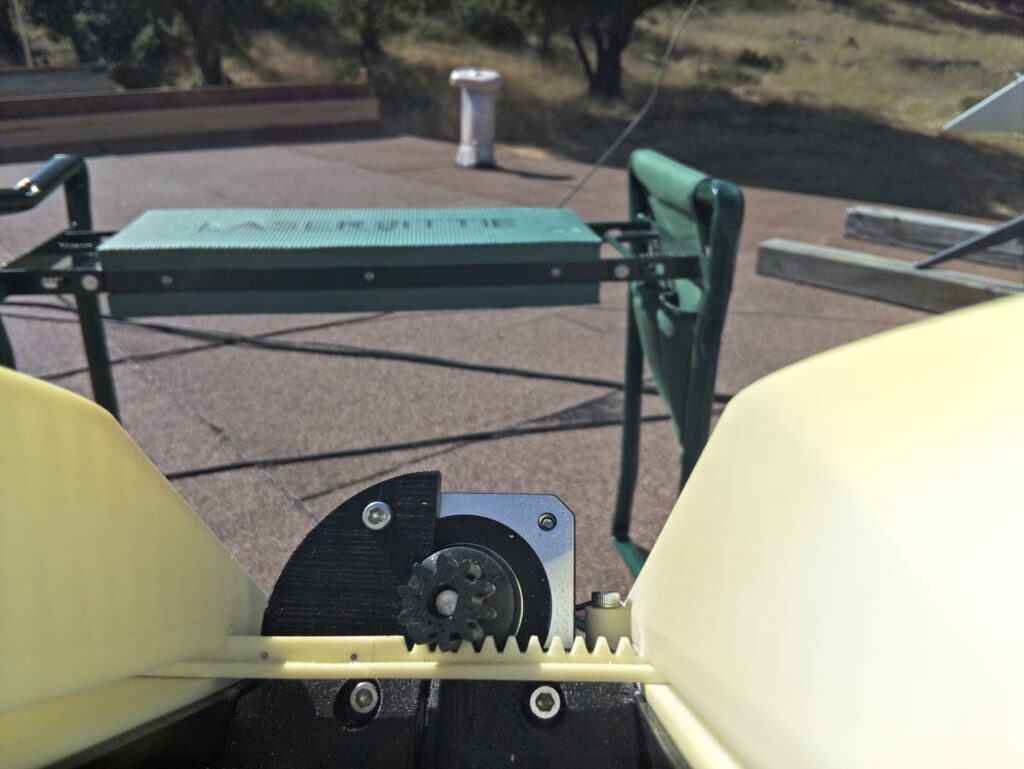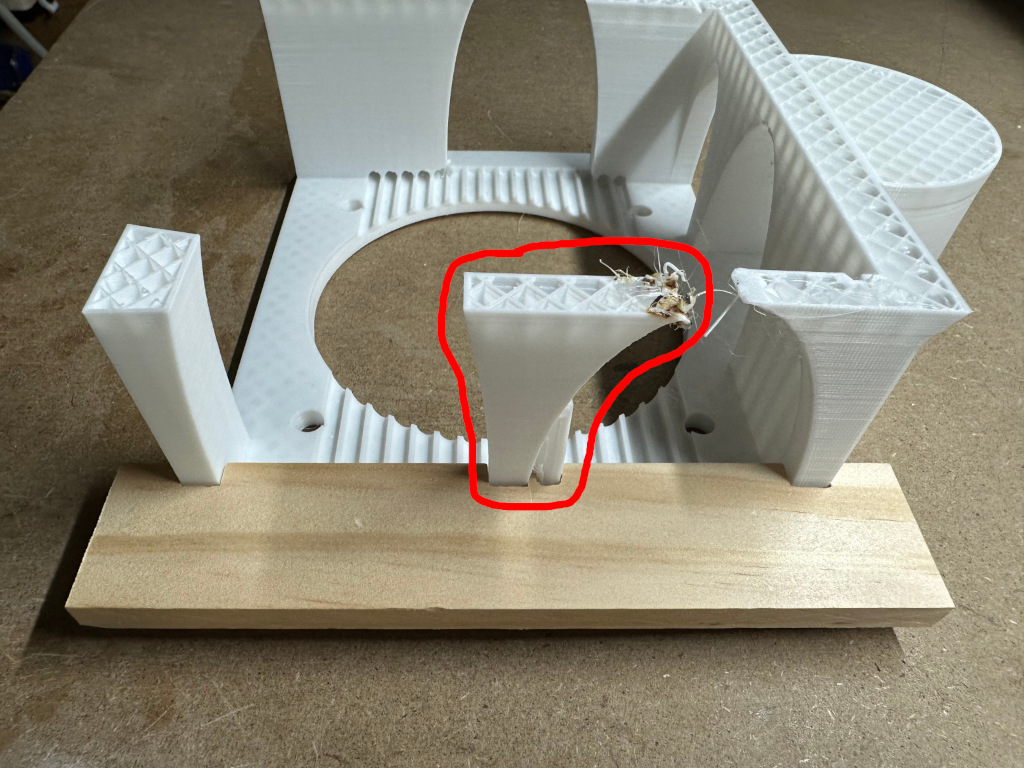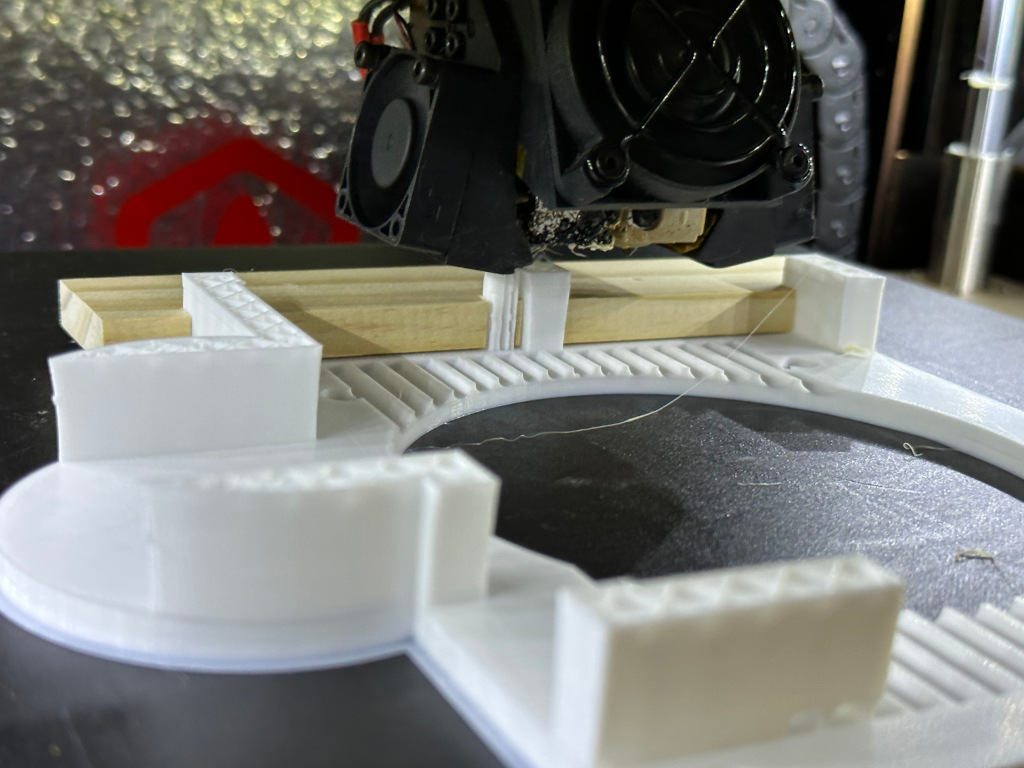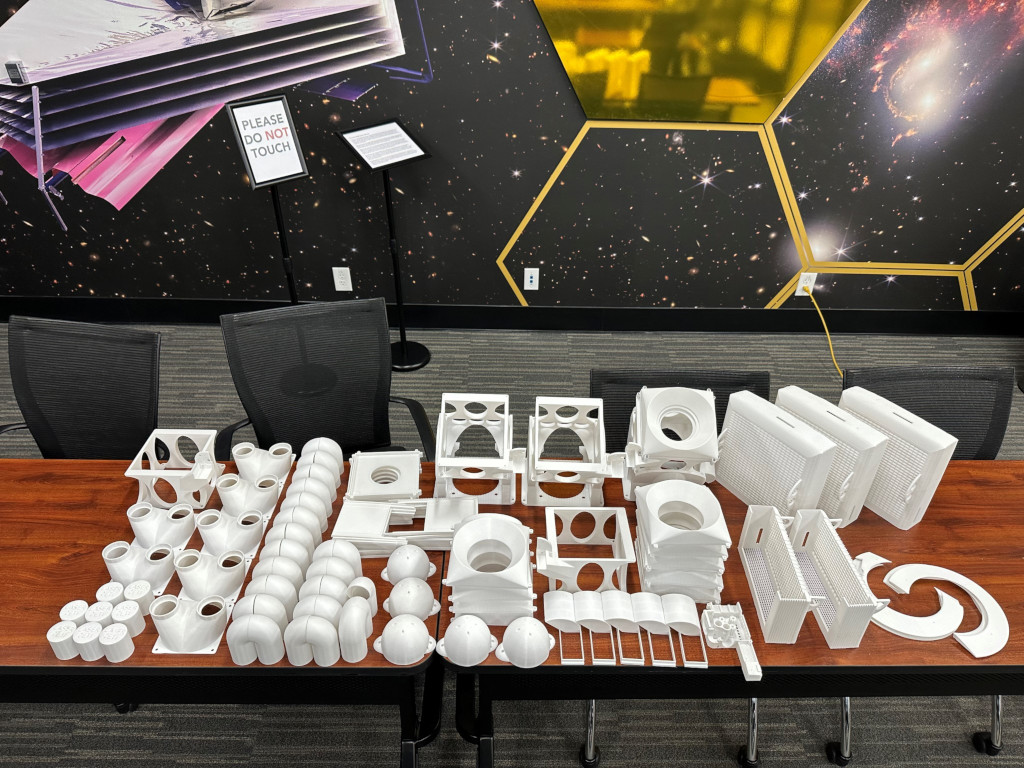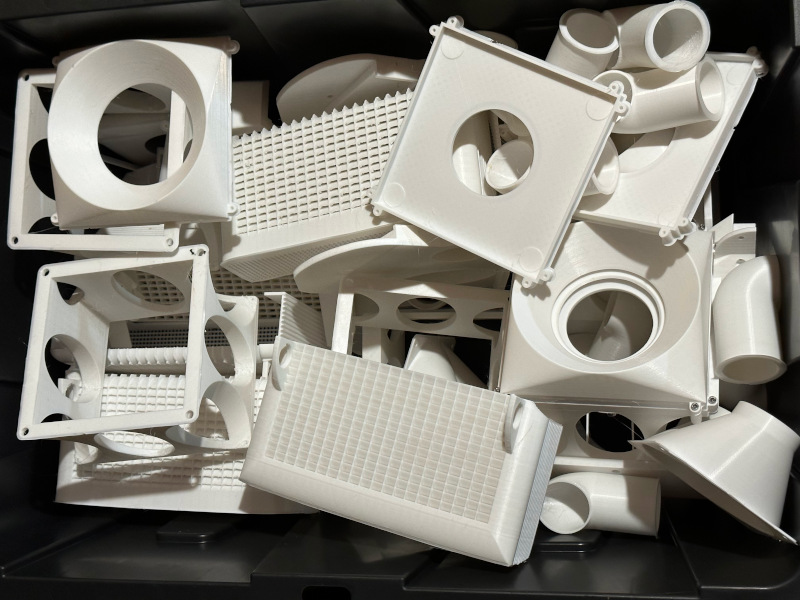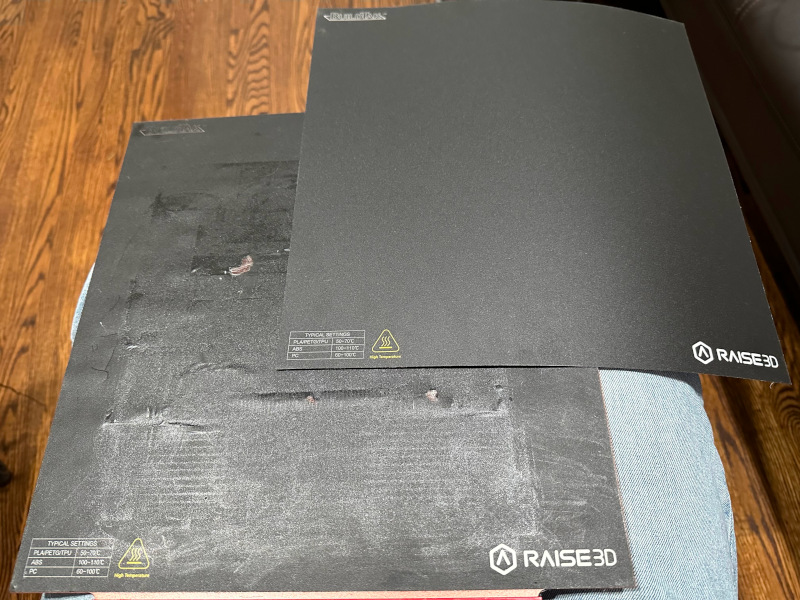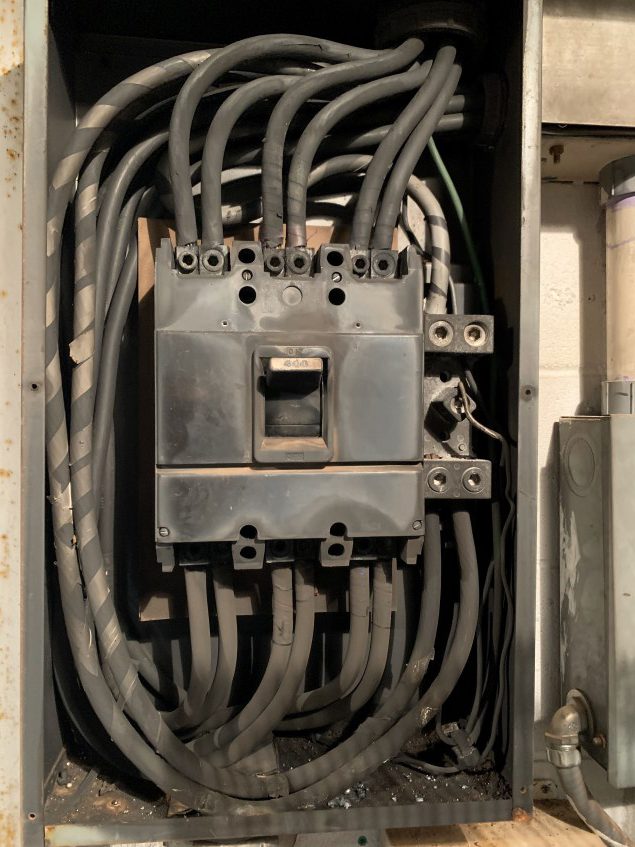IfA Maui Back Online
If you’ve been reading the news recently, it won’t surprise you to hear that our instruments on the summit of Haleakala, Maui, have been offline for the past couple days.
The good news is they came back online this afternoon, and seem to be in great shape. In fact, I would assess-timate the high winds even did a good job cleaning the windows.
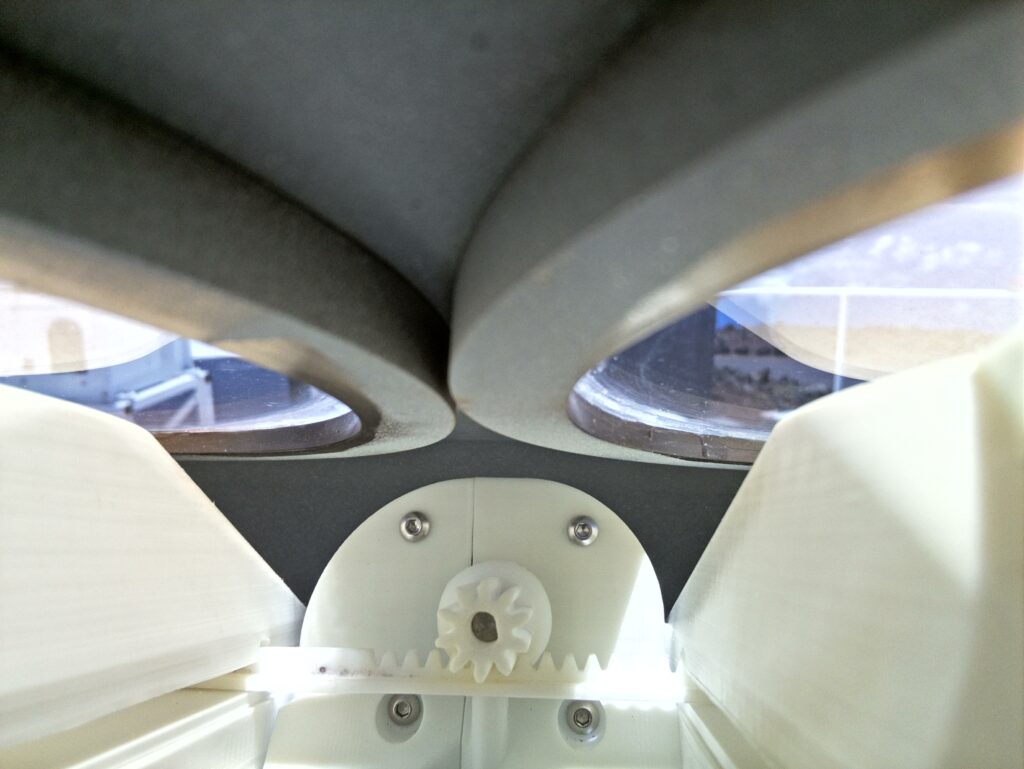
Of course, that’s the easy part of this post. Our knowledge of the enormity of the tragedy from the fires on Maui grows day over day, and wrenches our hearts ever harder. People, businesses, history, nature, all gone and without warning.
Personally, I haven’t heard from everyone I know there, but each one I do hear from is a gift. It reminds me all too much of the firestorms that struck California in recent years–not “just” a fire, but a fast-moving “natural” blowtorch that creates its own weather as it decimates everything in its path. I keep thinking about a sign that hangs in my mother-in-law’s house, and she was kind enough to take a picture of it for me.

If there’s anything you can do to help the wonderful people of Maui recover, now or in the future, I hope you’ll act on that opportunity. The best resource I could find on ways to help was here.
All the life we know of clings to the thin skin of a giant rock flying through space. I think we should take care of each other.
